
Finding New Spaces Together
‘Vádye Eshgh (The Valley of Love)’ is a collaboration between Second Generation Collective and Abdul-Rahman Abdullah weaving through themes of beauty, diversity and the rebuilding of identity.
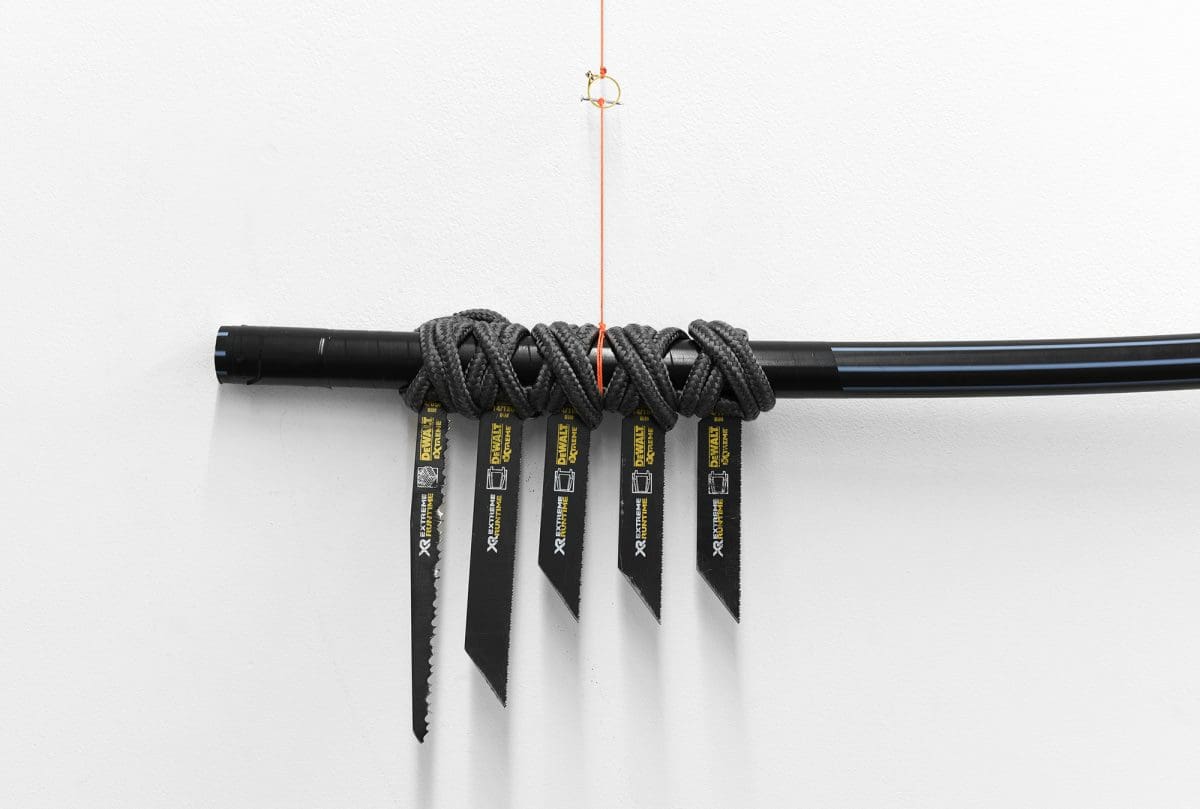
Loren Kronemyer, Feather Spear Trap (detail), 2018, tubing, saw blades, cord, rope, tape, diamond ring, nails, brackets. Photo by Dan McCabe.
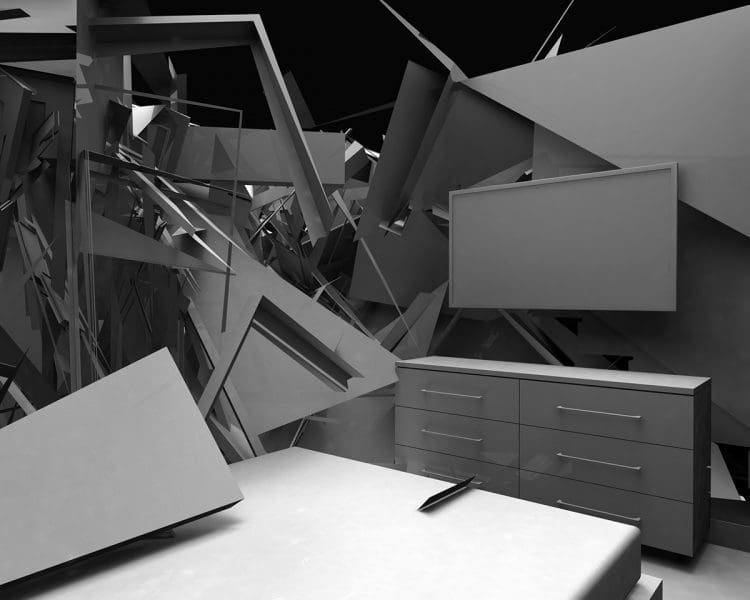
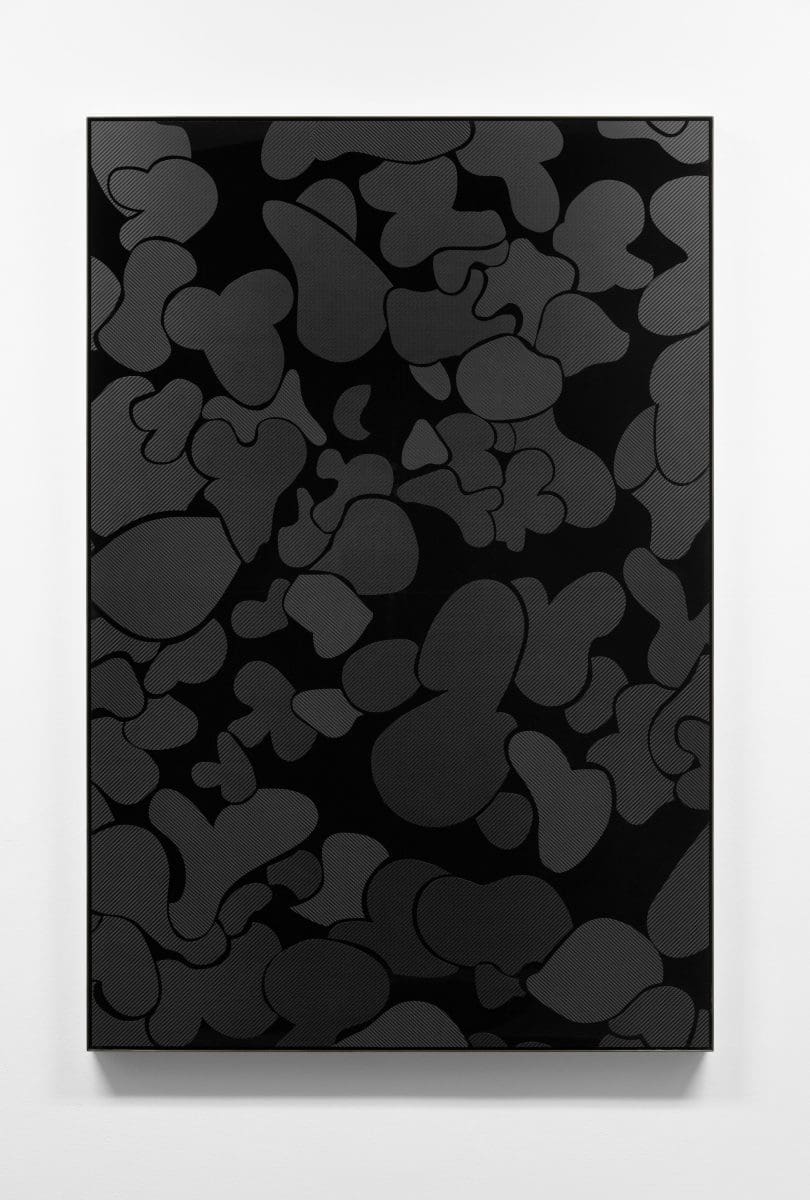
Dan McCabe, AUS NYDN SOA, 2018, automotive carbonfiber vinyl, black acrylic, gun-blued steel, stainless steel. Photo by Dan McCabe.
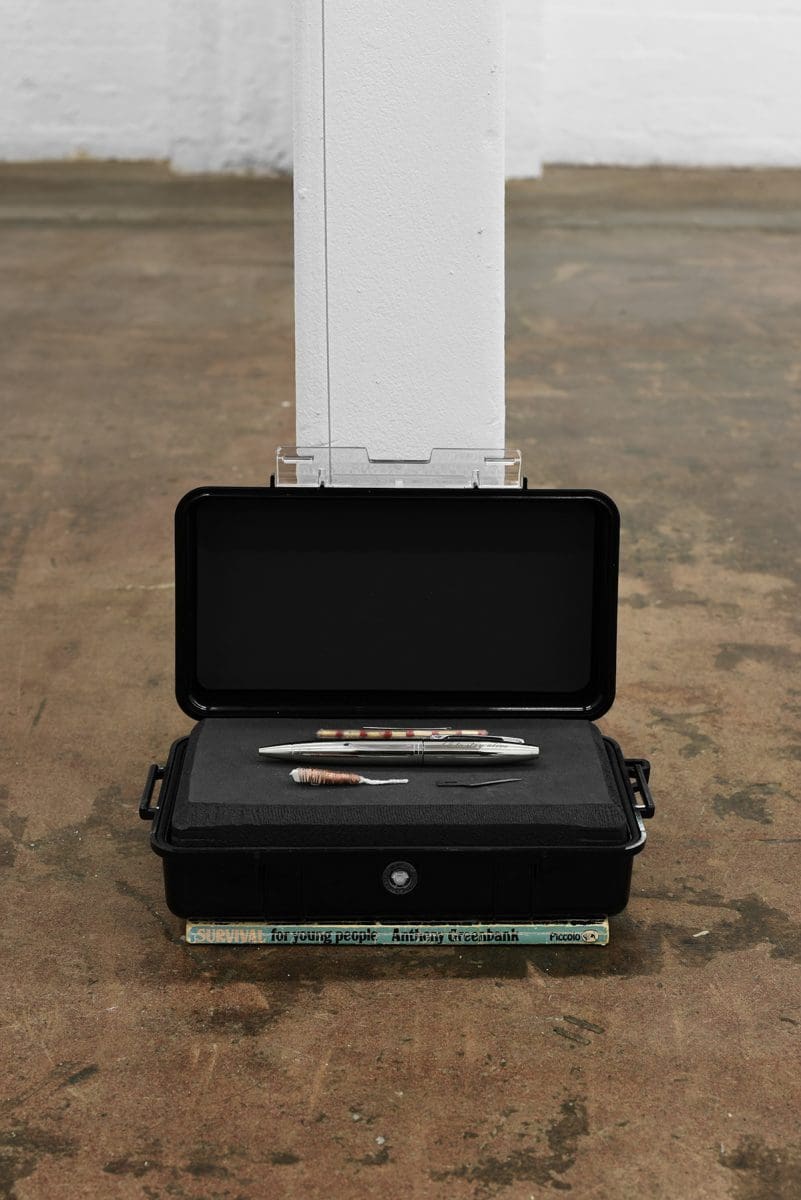
Loren Kronemyer, Trumpian Survival Pen, 2018, edition 1/5 + AP, engraved Cross Townsend pen, as used by the President of the United States to sign executive orders, pelican case, survival kit: 7 waterproof matches, magnetized needle, knife blade, candle, conductive wire. Photo by Dan McCabe.
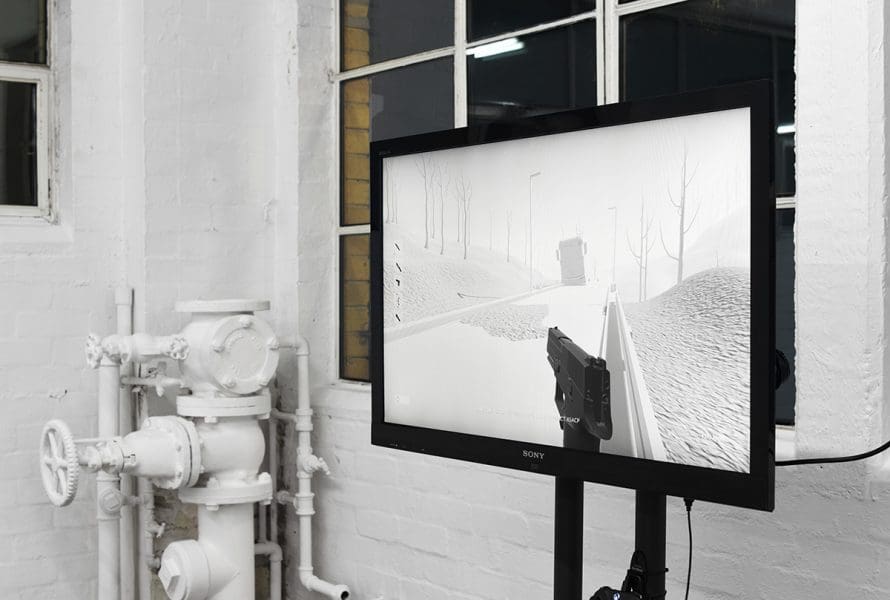
Guy Louden, WROL, 2018, custom video game, xbox controller, tv stand, strapping. Photo by Dan McCabe.
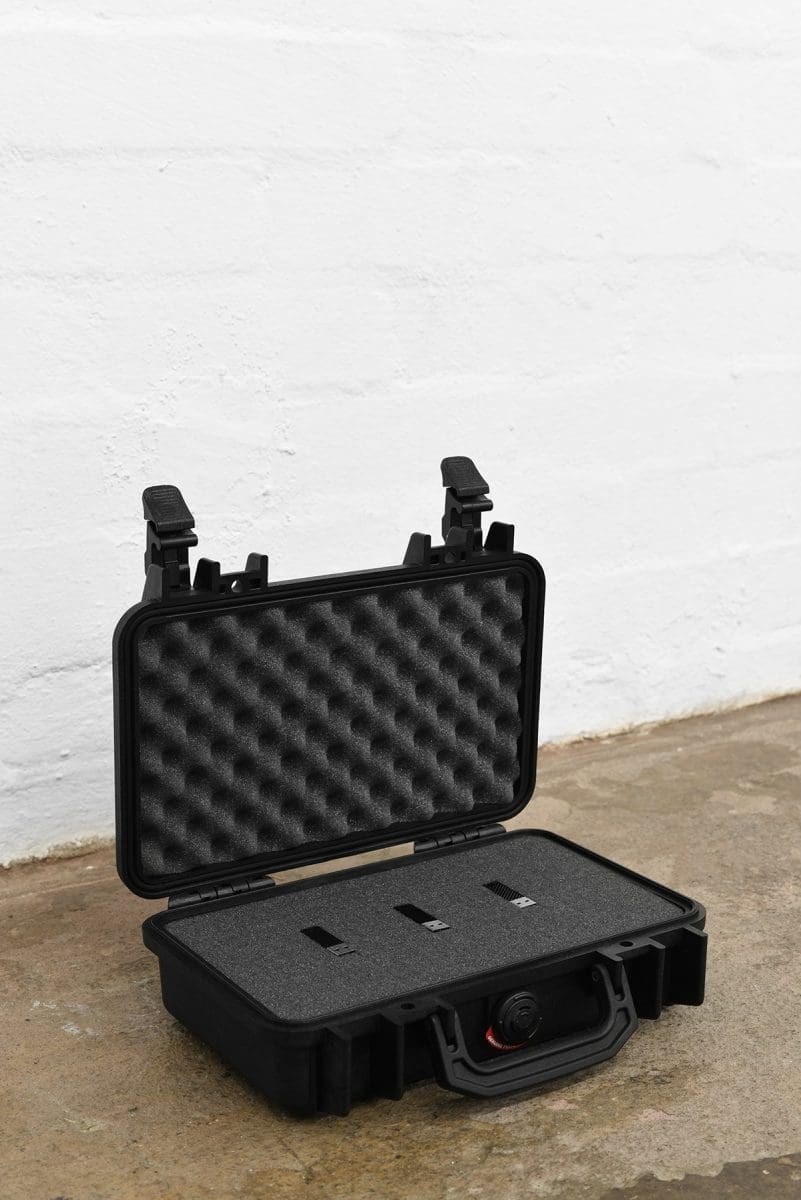
Guy Louden, Loren Kronemyer, Dan McCabe, Ark, 2018, edition 1/5 + AP, flash disks (32gb wikepedia in 4 languages, 32gb marvel and fast & the furious blueray rips, 32gb heteosexual pornography), pelican case. Photo by Dan McCabe.
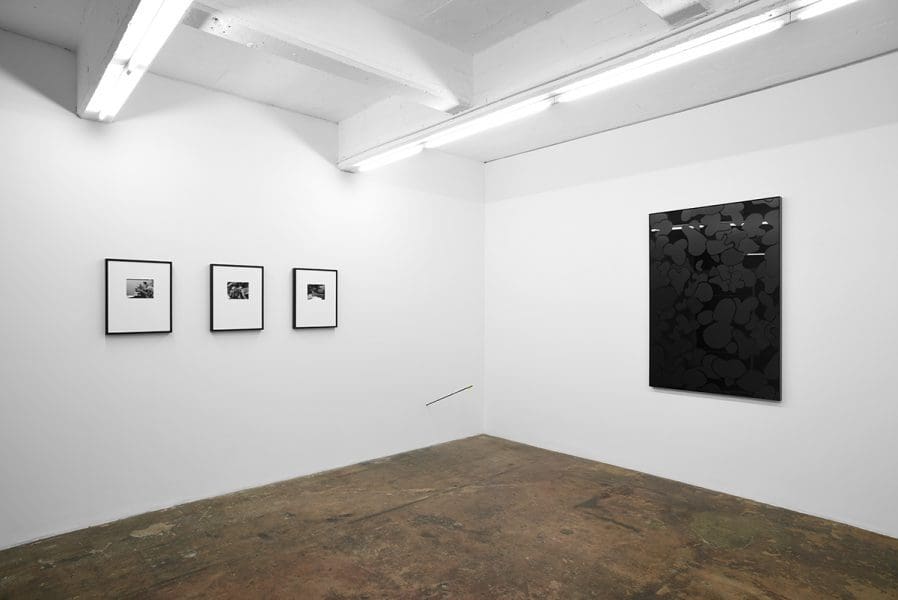
‘Preppers’ is the term for a subculture of people who are preparing themselves for, what they believe to be, the inevitable collapse of civilisation. Subscribers range from those who keep a basement stocked with food and water supplies to the wealthy who buy properties in remote locations, fortified for a future hostile world (see excellent long-form articles in the New Yorker and the Guardian on the Silicon Valley elite, a subsection which has caught recent media attention). The prepper subculture – described at times as a ‘lifestyle’ – is indicative of crises in the western world: a loss of trust in government and rise of protective individualism. At the same time, preppers sit within a lineage of apocalyptic imaginings that hark back to the Old Testament and align with popular culture’s recent penchant for zombies and other apocalyptic movies and network shows.
It was the third exhibition by Dan McCabe, Loren Kronemyer and Guy Louden in response to the prepper phenomena (previous exhibitions were SHTF held at Firstdraft and Preppers at Polizia, both in 2017). A fourth and final iteration at Fremantle Arts Centre closes the project. Composed as fictional and speculative, the artworks referenced the military, bushcraft, luxury consumerism and technology, permeating the exhibition space with a sinister yet elegant ambiance.
Overall, WROL was critical of preppers, yet empathised with some aspects of their reasoning. Kronemyer talked of preppers’ “investment in society’s collapse rather than in social mending”, “performative masculinity” and “inherent violence”. But she also spoke of the subculture resonating with disillusioned millennials: “as young people cast their mind 10 or 20 years down the track, they have problems imagining the future, or perhaps think there is no future, so we’ve tapped into these sentiments.” Louden further explained: “one side of the culture is focused on sustainability and self-sufficiency, and how to help people, while the other is focused on hoarding arms, creating alliances, and essentially self-interest.”
Louden’s series of elegant black and white photographs attempted to capture the perverse pleasure of imagining doomsday collapse. Three-dimensional models of Australian suburban architecture were ‘exploded’ through Hollywood computer software, their point of implosion captured in a product photography program. They sit in lineage with nineteenth century ‘ruin porn’ and the romantic sublime, where a deep feeling is realised when facing a powerful force. Louden’s other work in the exhibition was a custom video game WROL, 2018, which allowed the viewer to play out prepper fantasies. In a sparse grey world, the player could choose from different prepper paraphernalia, such as pens, flashlights and knifes, to hurl at approaching unidentified hostile figures.
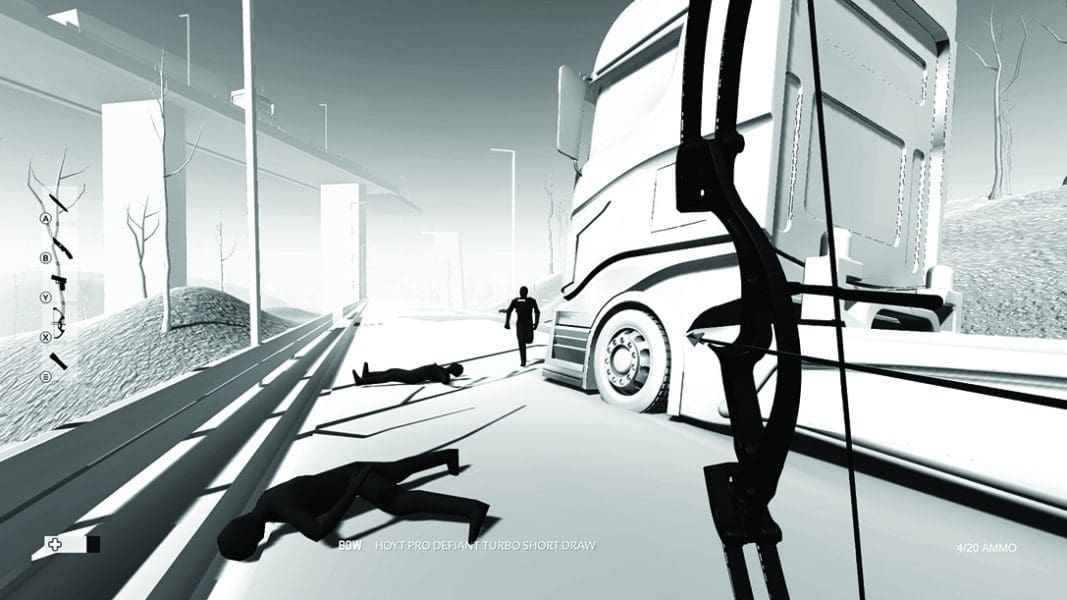
Kronemyer’s works were a series of dormant traps situated throughout the gallery space, drawing on bushcraft, luxury and current political events. In Trumpian Survival Pen, 2018, the ‘cheese’ was the same pen that Trump uses to sign executive orders, its insides containing a magnetic needle to make a compass, small knife, conducive wire, and a candle. If this pen were hypothetically lifted, a weaponised rod decorated with a diamond ring would fall upon the victim. The work was menacing, yet with an undercurrent of dark humour.
McCabe created semi-abstract compositions that appropriated the aesthetics and materials of the military and dark high-end consumerism. Slick and impersonal, each work incorporated a particular country’s military print into a black automative carbon fibre surface. The highly reflective finish implicated the viewer in the work, which, McCabe said “transformed him or her into a lone wolf rebel soldier, ready for speculative conflict”, and played on the traditions of historic portraiture.
Alluding to the tendency for prepper culture to dwell and thrive on the Internet, the three artists made a collaborative work inspired by a thread on Reddit, where a user posted, “If you only had a 32 GB USB what would you put on it?” Based on the Reddit responses, the artists produced Ark, 2018, which consisted of three USBs – one contained Wikipedia in four languages; one a Blueray rip of the film Fast and the Furious; and one a collection of heterosexual pornography – invisible caricatures of prepper subculture characteristics. Presented in a pelican case, they appeared as precious artefacts.
The works in WROL were interesting responses to a subculture whose growth is indicative of a loss of faith, and the darker side of the tech world which now holds a central position in our lives. What was interesting about WROL is that it fleshed out the negative human drives of the prepper movement, such as the glee found in destruction and the self-absorbed individualism, and connected these to moments within art history, placing the movement within a historical continuum. Delivered with humour, the works were palpable and not downright depressing, maintaining ambivalence so as to not fall into one-dimensional didacticism.
WROL was held at Bus Projects in Melbourne, from 14 March – 7 April 2018.
Preppers
Fremantle Arts Centre
16 November – 27 January 2020